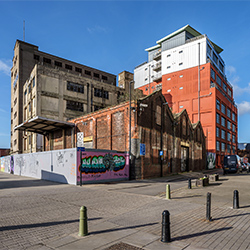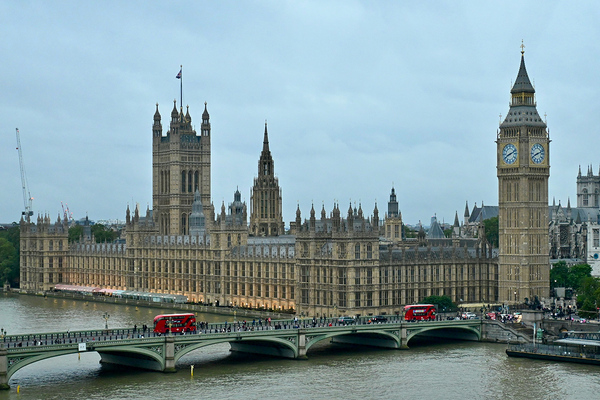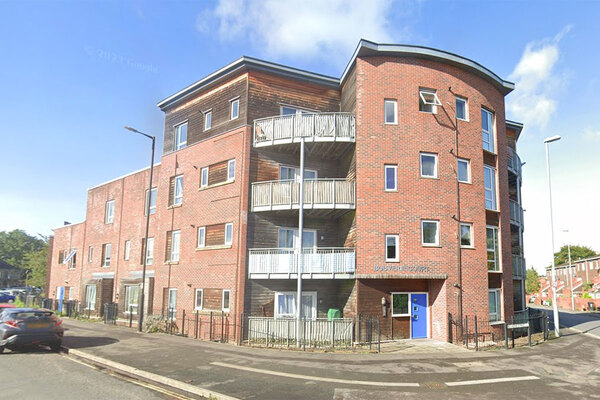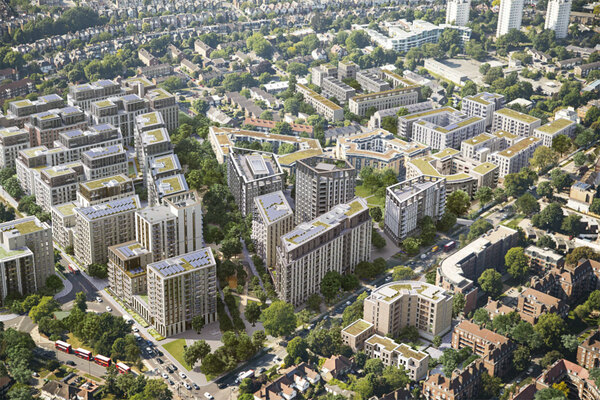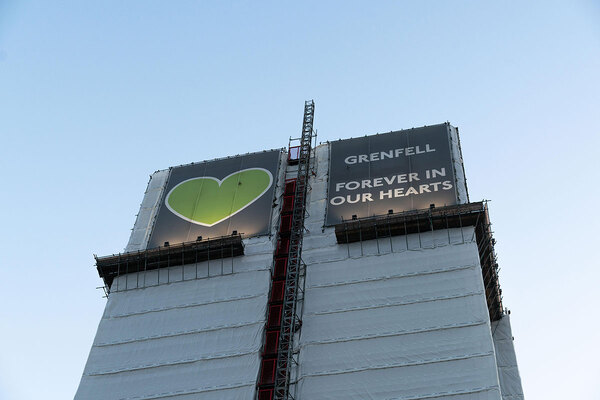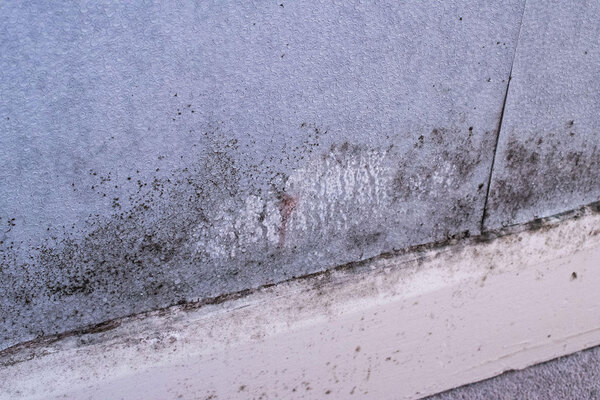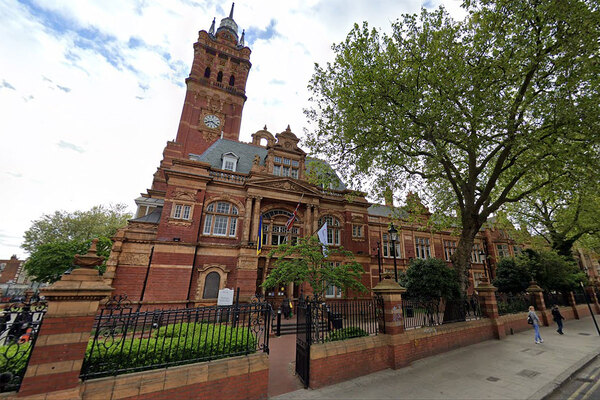The building safety crisis: far from over
The cladding scandal is far from over. Peter Apps breaks down where the problems lie and the huge challenge facing leaseholders in unsafe buildings
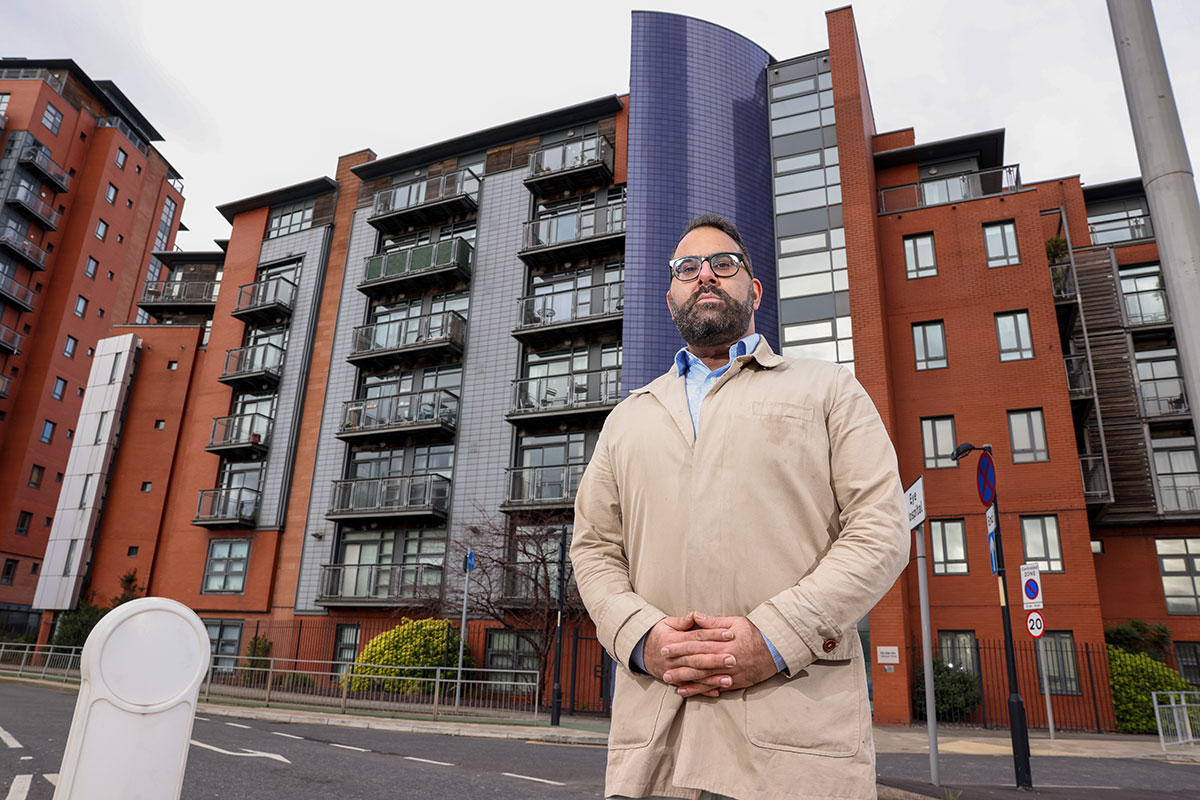
“Even though it sounds like loads is being done, for the majority of people on the ground, things haven’t changed at all,” says Giles Grover, a leaseholder in a building with fire safety issues and a leading member of the End Our Cladding Scandal (EOCS) campaign.
Much has happened in the past 18 months: leaseholders have been given legal protection, developers have agreed to pay up, and lenders have agreed – at least in principle – to offer mortgages on blocks of flats with safety issues. But the reality is that each of these is just a small step forward and the building safety crisis that has emerged since the Grenfell Tower fire in June 2017 remains far from over.
A survey carried out by EOCS and shared with Inside Housing shows that only 21.8% of leaseholders in dangerous blocks have seen remediation work start. For 44.1%, a date has not even been identified for work to begin. The majority have no timescale for when works will complete and only around 10% expect them to do so within the next 12 months. This means leaseholders are still trapped: 78.8% cannot remortgage despite banks stating their willingness to offer mortgages.
So despite housing secretary Michael Gove’s big claims, the crisis remains a stalemate for thousands: an indeterminate wait for complex remediation work and no way to move on in the interim. What is going wrong?
The first thing to appreciate is the scale of the crisis. The government estimates that between 6,220 and 8,890 medium-rise buildings will need ‘life-critical’ safety work, on top of more than 3,500 high rises.
In a major announcement this month, developers agreed to cover the cost of the cladding removal and
any further life-critical works on blocks they had built.
As Inside Housing was going to press, 43 of the UK’s largest developers had signed a contract to do so. But this only covers at least 1,100 blocks. What about the rest?
Government funding streams should provide the answer for cladding removal, although the timelines are long. A medium-rise scheme is still not even open for bids. The big problem with this state funding is that it only covers cladding removal. The cost of other works can push bills north of £100,000 per flat.
The government’s answer if there is no developer to squeeze, is to charge the building owner. This applies if the building owner (including linked companies) has a net worth of more than £2m.
But getting this money is not straightforward. It involves the use of a remediation order, or remediation contribution order, under processes introduced by the Building Safety Act.
A few buildings have started this process, but it is long and legally complex. Initial hearings for blocks in the Olympic Park were adjourned in February and are unlikely to conclude this year.
Enforcing authorities – fire services and local authorities – are bound to take a risk-based approach to assessing buildings, which means it may take them a long time to get to the buildings where the freeholders and developers are being most intransigent.
The unmortgageable flat
Eleanor Hazlewood bought a 30% share in a one-bedroom flat near King’s Cross in central London from housing association The Guinness Partnership in 2011. Having previously rented “rather dingy accommodation”, she could not believe her luck. “I felt privileged,” she says. “How many 20 or 30-somethings working in the charity sector could afford such a luxury?”
But by late 2022, she wanted a change. She decided to apply for a job as a tour guide in Prague and put her flat on the market. A buyer was found within a week, approved by the association and a completion date of 18 December was set. Ms Hazlewood handed in her notice at work.
But then the deal fell apart. Lender Santander wanted Guinness to send a letter on headed paper confirming an assessment of the external wall material had been done.
The block is five storeys, below 18 metres in height, with a brick facade and no cladding. Guinness, following the government guidance on prioritising higher-risk buildings, had done no surveys and had no immediate plan to do one. But this was not good enough for Santander, which then pulled out. Ms Hazlewood could not move. Her job now looks likely to fall through.
“The guy in Prague has been very understanding, but he needs to make plans. Easter is the start of the main tourist season, and that’s very nearly upon us now,” she says.
The buyer did find another mortgage provider, but the conditions made it unattractive.
A Guinness spokesperson said government guidance has left “many of thousands” of leaseholders across “all the sector” unable to sell their homes. But it said the position had been subject to a “noticeable shift” in recent months.
Worse, even if a remediation order is successful, freeholders are only liable to cover the costs of ‘qualifying leaseholders’. Those considered ‘non-qualifying’ include small buy-to-let landlords with four or more properties.
There are plenty of buildings where small portfolio landlords like this own many properties. If they do not have the means to pay bills, the remediation will not be fully funded and will not go ahead.
“The government has said leaseholders are blameless and shouldn’t pay, but it has set up a system which relies on at least some of them doing so,”says Mr Grover.
Maggie Brodie and Suzy Spilling have set up an off-shoot building safety campaign representing these ‘non-qualifying’ leaseholders.
The building smaller than 11 metres
Lisa Petty lives in Baneberry Lodge in Harold Wood, east London. Her block, built by developer Countryside, has the exact same cladding as used on Grenfell Tower: Reynobond ACM panels with a polyethylene core. This material has been deemed “the primary cause” of the rapid fire spread at Grenfell and tests have shown its devastating fire risk.
An assessment under government-endorsed guidance (PAS 9980) of the block unsurprisingly reached the conclusion that the cladding needs to be removed. However, ministers have insisted that blocks below 11 metres are safe and remediation work is unnecessary, despite the guidance containing no such restriction.
Therefore, Ms Petty and her 17 neighbours are ‘non-qualifying leaseholders’ and have no protection. Moreover, Countryside has no obligation to pay for the work and there is no government funding. Remediation work will cost £208,000, with a £36,000 add-on for surveying, plus £10,000 to the managing agent and VAT. This will have to be split between the residents. Ms Petty’s bill is £21,000.
While government officials have recently become involved in this individual case and are trying to find a solution, nothing is on the horizon.
Ms Petty had accepted an offer to sell in January 2020, but has been stuck waiting for three years. Her mortgage rates have risen by £450 because she switched to a variable rate when expecting to move.
She also endures sleeping every night in a block clad in the exact product used on Grenfell Tower. “It’s completely put my life on hold,” she says. “It’s an incredibly stressful situation. It’s been really, really tough knowing that there’s no timeline. You can’t plan anything.”
They say their members are “contending with immense anxiety both financially and mentally”, despite buying in good faith and “paying no part in the scandal”.
“More needs to be done to protect these leaseholders and let both them and the housing market move forward,” they add.
What if the freeholder does not have the funds to pay? In these circumstances, leaseholders will be required to pay up to set caps that vary based on a property’s price and location (a flat worth £400,000 in London, for example, would have a cap of £15,000).
Government officials have said only a “vanishingly small” number of leaseholders will pay these sums, but it has no real data to support this claim.
The rest of the money will need to be gleaned from yet-to-be determined government pots and work will not start until this is established.
The orphan block
Cardinal Lofts in Ipswich has been in the news recently because of a prohibition order that forced residents to pack up and move into temporary housing. The block is one of many where plans to get developers to pay have failed.
The building was a £75m demolition and rebuild of a former industrial warehouse, which completed in 2010. But developer Braceforth dissolved in May 2017, with the freehold sold on to Grey GR – the residential property arm of Railpen, the £37bn pension fund for railway workers.
Grey GR received a report in November 2020 that revealed the block had a large amount of ‘Class E’-rated combustible insulation on the upper floors. This was never compliant with building regulations and required remediation. Other serious flaws with the internal compartmentation and fire doors have since been found.
As the firm has been unwilling to take responsibility for paying to fix the issues and the risks have festered for three years, residents have now been ordered to leave.
“If they [Grey GR] engaged with us in early 2021, shortly after the discovery, we would have gladly worked with them to chase after the original developer. But now we’ve been dragged through hell for the past three years, they should fix it or they should get around the table and discuss demolition and compensation for every leaseholder,” says Alex Dickin, a leaseholder in the building.
The position is even worse for those in blocks smaller than 11 metres where no protections exist at all and all leaseholders face uncapped bills. While the government has said these buildings should not need work, the guidance it has endorsed does not agree and many face big bills as a result (see case studies).
Even if these hurdles are overcome and funding is secured, work will take many years to complete as the supply chain of contractors, surveyors and scaffolders grinds through thousands of buildings.
Three years on from funding being made available for blocks with non-aluminium composite material (ACM) cladding, only 11 eligible buildings have been signed off as complete.
In the meantime, most are still unable to sell and move on with their lives. Despite six high-street lenders announcing in January that they would offer mortgages on flats with issues so long as leaseholder protections were in place, this is not happening on the ground.
In numbers
21.8%
Leaseholders that have seen remediation work start
3,500+
High rises in need of ‘life-critical’ safety work
1,100
Buildings where work is being covered by developers
“It’s a new process [mortgages on flats with identified issues]. No one’s really relying upon it at this point,” says Mr Grover. “Comfort letters from a housing association or from a developer [assuring the works will be funded] might go some way. But they’re not proving to be enough for the lenders yet.
“The lack of confidence is just still there in the market. And if you can sell, what is the impact on the value of the flat? Valuations guidance has to account for living on a building site or for non-cladding costs, and will buyers want a flat with fire safety issues? Non-qualifying leaseholders are still facing ruin.
“I see on social media every day, people saying ‘I can’t sell’. People are just going to auctions and selling their flats at a massive discount, but not everyone can afford to take that hit.”
In the meantime, there is the cost of insurance. Premiums have soared in buildings with identified issues and have continued to rise, despite government assurances that it would get a grip on the issue.
“People are struggling with mortgage rates, insurance costs, with electricity costs and communal heating. We’ve seen service charges going up by 100%,” explains Mr Grover.
“And we just don’t know when all buildings will be made safe. We will be stuck in this for another five years, minimum, probably closer to 10 years. People are now resigned to having to wait for a new government to truly protect us.
“We said from day one that the government should be putting up the money and then collecting it back from the parties that are responsible. They’ve done that for cladding, but buildings will still be made only half-safe and freeholders will whack non-qualifying leaseholders with enormous costs they won’t be able to pay, so we still think that up-front funding is the only real way forward.”
Sign up for our fire safety newsletter
Already have an account? Click here to manage your newsletters


